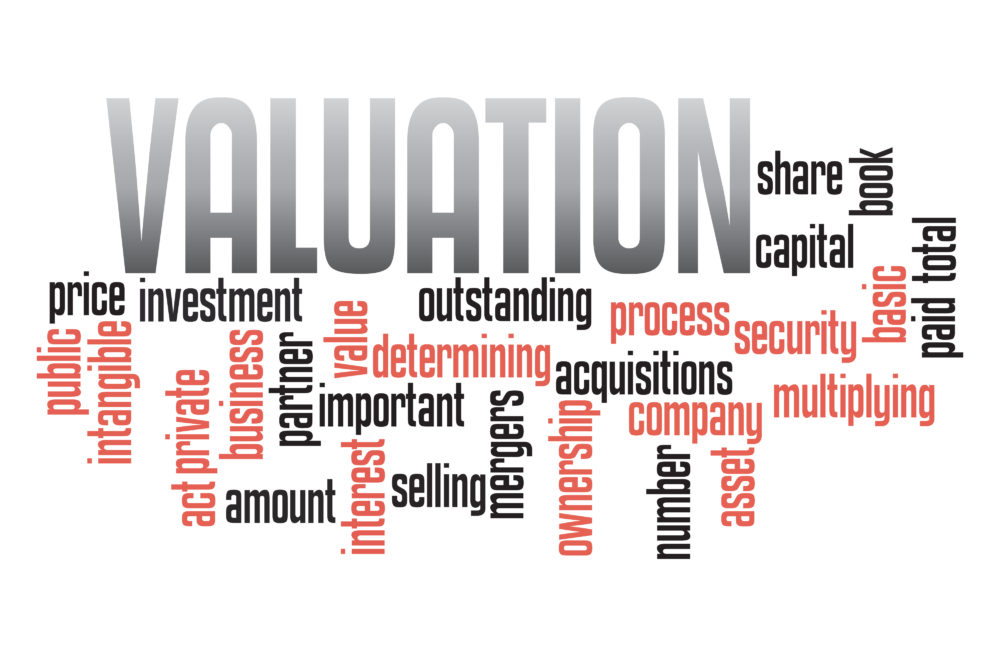There are three main approaches to valuing a business, asset-based, cash flow based and an analysis of comparable companies.
Asset-based
Using the asset-based method, you value the assets of your business (buildings, machines, products, raw materials and any intangibles like brand if possible), sum it up and here comes the value of your business.
In most cases this is not a valuation method appropriate for small companies (as they are unlikely to have had time to build up an asset base).
Cash flow-based
Using cash flow analysis, you forecast future expected revenues and costs, arrive at an expected net profit, run the forecast for a period of time (usually five years), then calculate the terminal value (future cash flows extended into perpetuity), and apply a discount rate which reflects the time value of money and riskiness of your business to bring the cash flow to its present value.
It is theoretically the best way of valuing any company, but also the most complicated and prone to mistakes.
For a small business you might apply a ‘rule of thumb’ model.
To do this, first, you reassess last year’s accounts to calculate the actual net profit for the owner, then multiply it by a business category related multiple (service, retail, manufacturing).
Further reading on accounts
Small service related businesses are generally valued at a multiple of somewhere 2 to 2.5 times the annual adjusted net cash flow, while small manufacturing businesses generally receive higher multiples, 3 to 3.5 times range.
Comparative value
As a final check, try establishing a comparative company valuation.
Find a business which is roughly similar to yours and was recently sold, then obtain the actual value of transaction.
Also see: How to value your business and determine a realistic price





